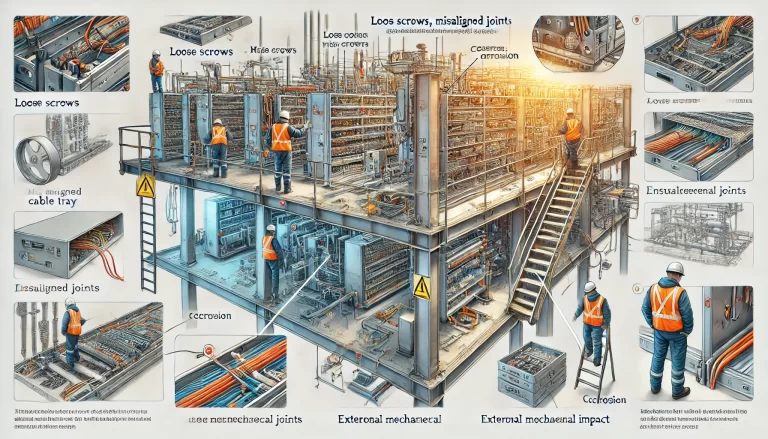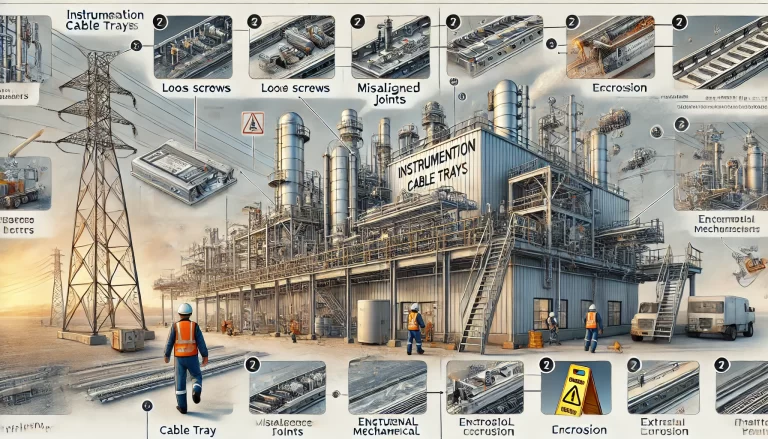🔹 Introduction
In many automation projects, the same task—such as laying 100 meters of two-core instrumentation control cable—may yield different outcomes for different contractors. Some profit handsomely, while others suffer losses. Why does this happen?
The core reason lies not in technical skill or management loopholes, but in the differences in engineering cost estimation methods. This article explores how different budgeting approaches, scope divisions, and pricing systems impact final project profitability.

🔹 1. Budgeting Methods in Instrumentation Projects
🧮 By Pricing Mode:
Bill of Quantities (BOQ): The mainstream method in tenders, where contractors quote based on a list of quantities. Prices include labor, materials, machinery, overhead, and risk.
Quota Pricing (Fixed Rate): Based on national or regional quotas, specifying standard labor, material, and equipment costs. Still used in non-bid projects or legacy systems.
🏗 By Scope:
Total Contract Pricing (EPC): Covers design, procurement, and construction. Suitable for large-scale complex projects.
Partial Item Pricing: Each project phase (foundation, structure, finishing, etc.) is priced separately. Used for detailed BOQ management.
💰 By Cost Structure:
Unit Price Method: Labor, material, and equipment costs only. Overhead and taxes calculated separately.
Comprehensive Unit Price: Includes labor, material, overhead, profit, and risk, except taxes.

🔹 2. Instrumentation Cable Costing – A Real Example
Let’s consider laying a 100-meter two-core control cable. Depending on which quota standard is used, the cost can vary greatly. The following systems give very different pricing for the same job:
| Quota Source | Approximate Total Price for 100m | Notes |
|---|---|---|
| National Installation Quota (2000) | RMB 160–260 | Widely used legacy version |
| Jiangsu Province Quota (2014) | RMB 370–402 | Province-specific rates |
| Petrochemical Installation Quota (2019) | RMB 472+ | Higher due to complex requirements |
| Petrochemical Maintenance Quota (2021) | RMB 392+ | Used for plant overhauls |
⚠️ The price gap between different standards can exceed 30–40%.

🔹 3. How to Avoid Budgeting Losses
To avoid profit loss in similar instrumentation projects:
✅ Confirm with the client which quota version and pricing model is used
✅ Ensure that work content and procedures are well-defined in the contract
✅ Double-check scope boundaries—is it a full package or itemized billing?
✅ Consider additional fees like special routing, scaffolding, or insulation

🔚 Conclusion
Budgeting isn’t just about doing the math—it’s about choosing the right reference. Whether it’s BOQ vs quota, total contract vs itemized pricing, or unit price vs comprehensive unit price, understanding the system behind the numbers is key to profitability.
